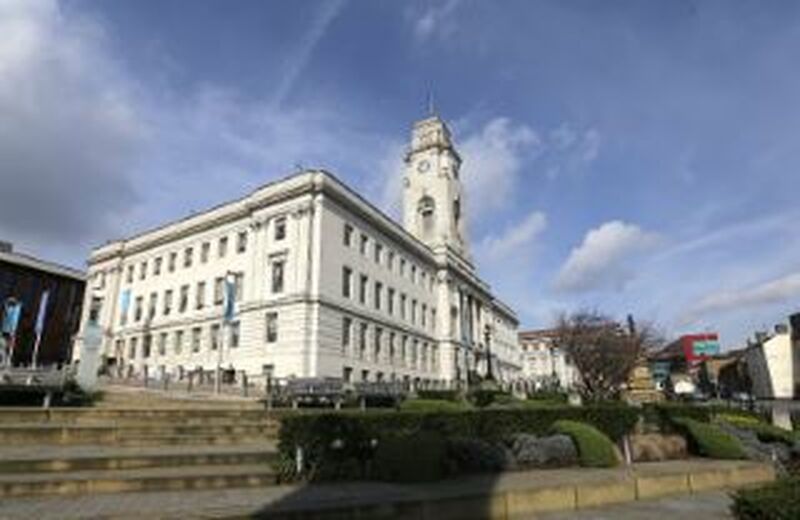AIR pollution is responsible for every one in 20 deaths in Barnsley, the latest figures have revealed.
Office for Health Improvement and Disparities figures show air pollution was responsible for 4.9 per cent of the deaths of people in Barnsley aged over 30 in 2022, the latest figures available.
This was in line with the year before, but was below pre-pandemic levels of 6.6 per cent.
Campaigners have criticised the government’s slow response to ‘dangerous fine particle air pollution’, and urged it to bring the UK’s air quality targets in line with global health advice.
Yesterday was National Clean Air Day, which was an opportunity for people to write to their local councillors to express concerns regarding their local area’s air quality.
Imogen Martineau, head of UK portfolio at the Clean Air Fund, said the UK is ‘going in the wrong direction in tackling air pollution’.
The government says it wants to halve pollution levels of fine particles to reach an annual mean concentration of ten micrograms per cubic metre by 2040.
The World Health Organisation’s current advice says this figure should be no more than five micrograms per cubic metre.
Ms Martineau said policy makers must work towards the WHO’s air quality guidelines, adding: “It’s time to recognise the co-benefits which clean air can bring - better health, action on climate change, and improved economies.”
Barnsley Council’s public health bosses are currently keeping tabs on five so-called ‘air quality management areas’ in the town.
These include Barnsley’s section of the M1, Dodworth Road, Harborough Hill Road, the A616 through Langsett and the A61’s junction at Sheffield Road and Cemetery Road.
Carrie Abbott, service director for public health and regulation at the council, said: “The air quality levels in Barnsley continue to improve.
“We closely monitor our air quality and implement further measures to protect our borough for future generations.
“Barnsley’s air quality issues are typical of an urban location - this is due to emissions from road transport being a major source of air pollution and is the underlying reason for the declaration of the five air quality management areas (AQMAs) in our borough.
“We’ve implemented a combination of air quality improvement measures which has led to two and part of another AQMAs being removed as they remain below national levels.
“The latest air quality monitoring shows that the pollution levels at houses within the borough haven’t exceeded the guidelines set by government.”



























